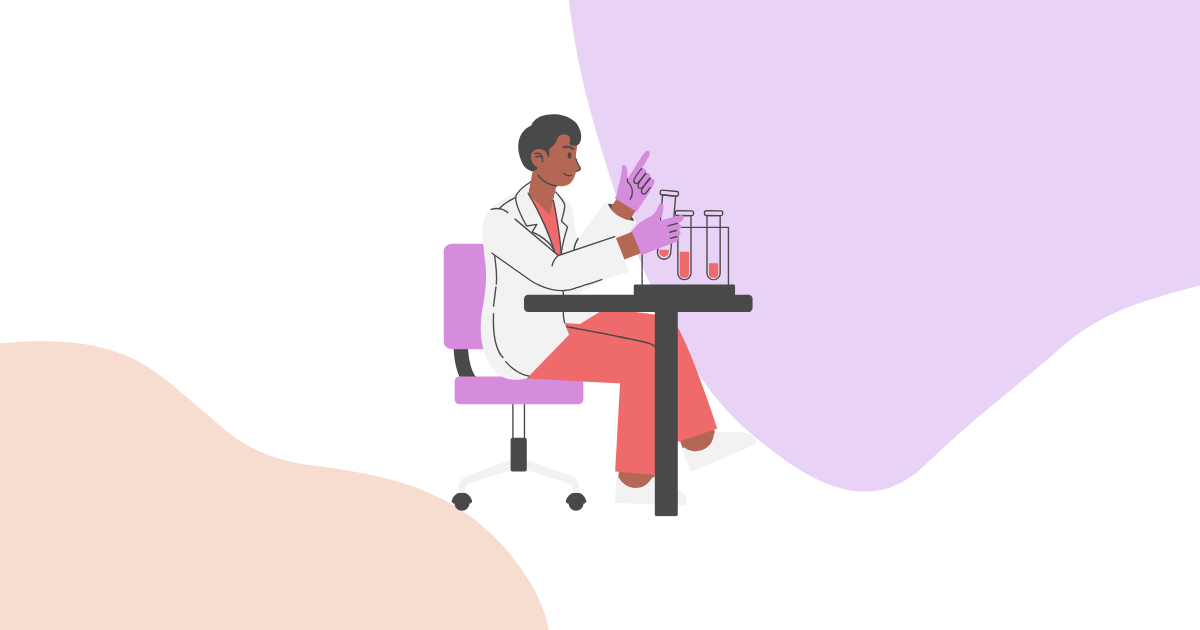Address
304 North Cardinal St.
Dorchester Center, MA 02124
Work Hours
Monday to Friday: 7AM - 7PM
Weekend: 10AM - 5PM

Growth Suite offers three powerful campaign types to help Shopify merchants increase conversions and sales. Each campaign type serves a different purpose and targets different customer behaviors. Understanding these differences is crucial for maximizing your store’s performance.
The three campaign types are:
Let’s explore each campaign type in detail to help you understand when and how to use them effectively.
Storewide campaigns are designed for store-wide events and promotions. These campaigns work best for special occasions like Black Friday, Mother’s Day, Valentine’s Day, or any other store-wide sales event.
Activation: The campaign starts immediately when a visitor begins their session (session_start). This means every visitor to your store will see the campaign.
Visual Elements: A countdown timer appears on your store showing visitors how much time is left in the promotion. When visitors click on the timer, a campaign popup displays with full campaign details.
Page Integration: Campaign elements are automatically added to both product pages and cart pages, ensuring maximum visibility throughout the shopping journey.
Countdown Display: The timer clearly shows visitors exactly how many days, hours, and minutes remain until the campaign ends, creating genuine urgency.
Discount Application: A single discount code is created for the entire campaign and automatically applied to all qualifying orders.
Important: Trigger campaigns are Growth Suite’s most powerful feature and deliver the highest performance. This campaign type should always be active in your store.
Trigger campaigns use advanced behavioral intelligence to identify which visitors are likely to buy and which ones need extra motivation. This personalized approach ensures you’re not giving unnecessary discounts to customers who would buy anyway.
Smart Visitor Classification: Growth Suite automatically identifies “dedicated buyers” (visitors with high purchase intent) and separates them from hesitant visitors.
No Discounts for Dedicated Buyers: Visitors who show strong buying signals don’t receive any discount offers. This protects your profit margins and prevents conditioning customers to expect discounts.
Personalized Offers for Hesitant Visitors: Only visitors who show lower purchase intent receive discount offers, and these offers are completely personalized.
| Purchase Intent Level | Discount Amount | Time Duration |
|---|---|---|
| High Intent (but not dedicated) | Lower discount percentage | Shorter time limit |
| Low Intent | Higher discount percentage | Longer time limit |
Unique Discount Codes: Each visitor receives their own unique discount code that is automatically added to their cart. When the time expires, the code is permanently deleted from your Shopify store.
7-Day Cooldown Period: After receiving an offer, the same visitor won’t see another discount for 7 days. This prevents offer fatigue and maintains the perceived value of your promotions.
Custom Audience campaigns allow you to create highly specific behavioral segments and target them with personalized offers. This campaign type is perfect for re-engaging specific types of visitors based on their past actions.
Behavioral Segmentation: You define specific visitor behaviors that trigger the campaign. For example:
Fixed Offer Terms: Unlike trigger campaigns, custom audience campaigns have fixed discount rates and durations. Every visitor in the selected segment receives the same offer.
Segment-Based Activation: The campaign only triggers for visitors who match your defined behavioral criteria, ensuring highly relevant targeting.
| Segment Definition | Campaign Goal | Offer Example |
|---|---|---|
| Viewed product + No cart addition + Return after 48+ hours | Re-engage browsing visitors | 10% off for 30 minutes |
| Added to cart + No checkout + Return visit | Recover abandoned carts | 15% off for 20 minutes |
| Mobile device users + High session time | Convert engaged mobile visitors | 5% off for 15 minutes |
| Campaign Type | Best For | Targeting | Discount Strategy |
|---|---|---|---|
| Storewide | Special events, holidays | All visitors | Single code, fixed rate |
| Trigger (Priority) | Daily conversion optimization | Non-dedicated buyers only | Personalized based on intent |
| Custom Audience | Specific behavioral targeting | Defined segments | Fixed for segment |
1. Always Keep Trigger Campaigns Active: This is your most important campaign type. It should run continuously to optimize your conversion rates without damaging profit margins.
2. Use Storewide Campaigns Strategically: Reserve these for genuine special events. Overusing storewide campaigns can condition customers to wait for discounts.
3. Test Custom Audience Segments: Experiment with different behavioral criteria to find the most effective segments for your specific store and products.
4. Monitor Performance: Use Growth Suite’s detailed analytics to track which campaign types perform best for your store and adjust accordingly.
5. Avoid Campaign Overlap: Be strategic about running multiple campaigns simultaneously to prevent offer confusion and maintain campaign effectiveness.
Understanding Growth Suite’s three campaign types is essential for maximizing your store’s conversion potential. While all three types serve important purposes, Trigger Campaigns should be your priority due to their intelligent targeting and superior performance.
Start with an active Trigger Campaign as your foundation, then add Storewide Campaigns for special events and Custom Audience Campaigns for specific behavioral targeting. This comprehensive approach will help you capture more sales while protecting your profit margins and brand value.
Remember: The key to success with Growth Suite is using the right campaign type for the right situation. Each campaign serves a unique purpose in your overall conversion optimization strategy.